Wired Networking

A hardwired network, using an Ethernet cable connected to a router or Modem to get to the internet, also known as hardwired internet is faster, more stable, secure, and easier to set up than a wireless network. There still may be times you have issues, as shown below. If you are experiencing any of the following symptoms, the suggested quick steps might help.
- You are experiencing a loss of connectivity to the Internet, such as being unable to browse to a web page, chat, or use a video conferencing application such as Microsoft Teams, Skype, or Zoom.
- You are experiencing slow or intermittent connection to the Internet, such as buffering when watching a video or a long load time while browsing a web page.
- File and printer-sharing issues.
Follow these quick steps to help you to resolve your wired networking issue.
Try each step and check if the wired network issue is resolved. If the issue is not resolved, proceed to the next step.
Fix 1: Remove and reinsert the network (Ethernet) cable on both ends and listen for a click to ensure it is all the way in.

Fix 2: Try another network cable (if available) to see if the issue persists.
Fix 3: Recycle the power on the computer and router or modem.
This process will sync up the Modem, router, and computer.
- Turn off the computer and router or modem.
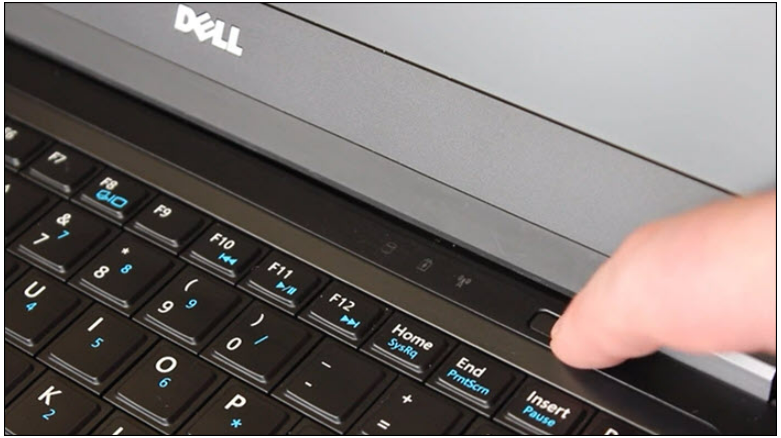
- Wait 3 minutes, then turn on the router or modem.
- Wait another 2 minutes, and then turn on the computer to re-synchronize them.
Fix 4: Run the Windows Network Troubleshooter.
The Windows Network Troubleshooter finds and fixes problems with connecting to the Internet or to websites.
- Press and hold the Window key, and then press the Q key.
- Type network troubleshooter in the search box.
- Select Find and fix Network problems (Control panel) from the results.
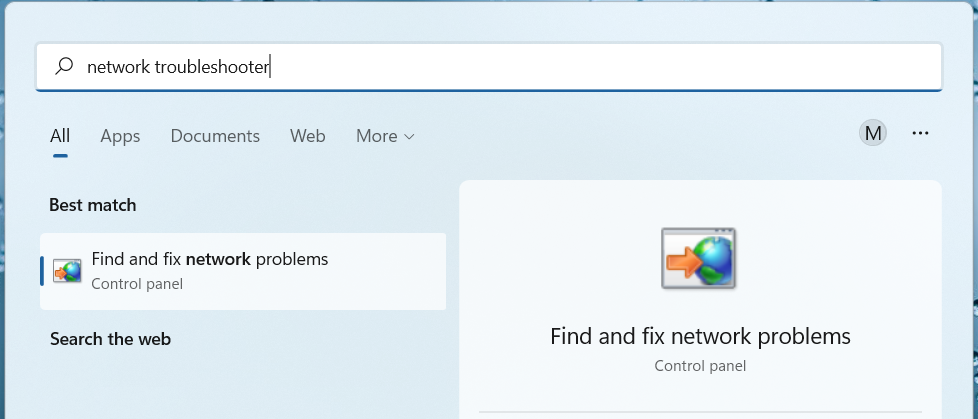
- Click Next and follow the prompts.
Fix 5: Run the Optimize Network option in the SupportAssist application.
This tool ensures connectivity and updates settings to keep your network efficient and reliable.
- Press and hold the Window key, and then press the Q key.
- Type SupportAssist in the search box.
- Select SupportAssist (App) from the results (If SupportAssist is not available on your computer, proceed to Fix 6.)
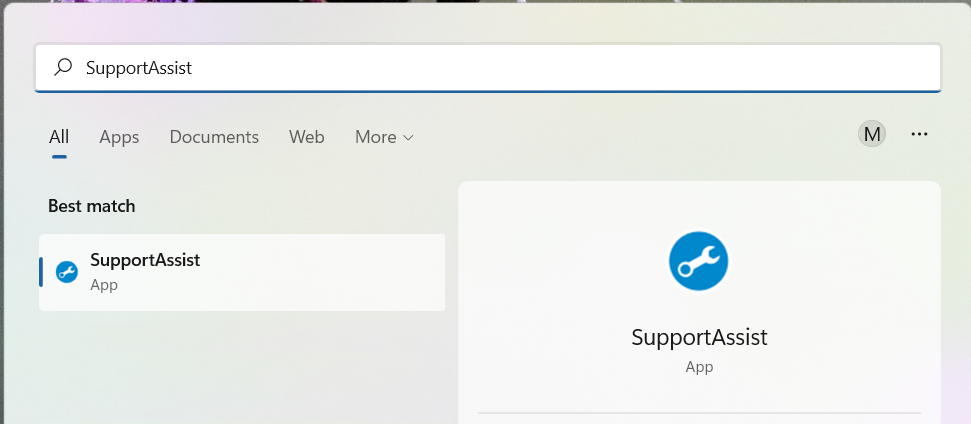
- Click the down arrow at the bottom of the SupportAssist window.
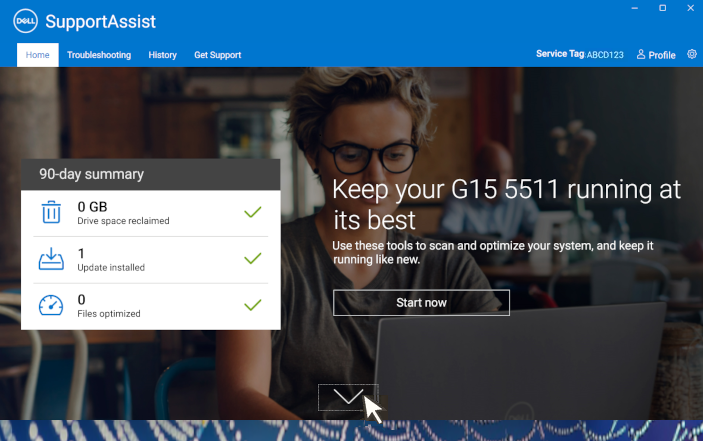
- Select Run under Optimize network and follow the prompts.
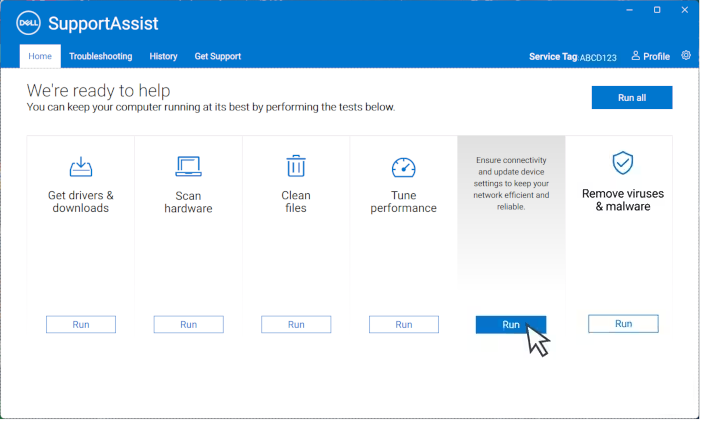
Fix 6: Download and install the latest wired (Ethernet) network driver for your Dell computer.
Learn how to download and install Dell drivers.
Fix 7: Run the hardware test to ensure your network adapter is working correctly.
Fix 8: Update the firmware of your router (if one is used). Contact your Internet Service Provider (ISP) or the router manufacturer for more information.
Videos
How to update Drivers via SupportAssist
How to update Drivers via SupportAssist
Other Resources

Network Hardware Test
Dell recommends running diagnostics on your wired network adapter to ensure it is working correctly.
Wired Internet Connection Usage and Troubleshooting Guide
Learn about setting up, connecting, sharing files, photos, music, and troubleshooting your wired network.
FAQs on network adapters and Ethernet ports
Learn the answers to the most frequently asked questions about the Network Interface Card or Physical Network Interface port on a Dell personal computer.
Support videos
Go to our Dell video library for more support videos.
Wireless (Wi-Fi) Networking
Follow the suggested quick steps to resolve wireless networking issues. Find links to additional resources for troubleshooting wireless networking problems.




